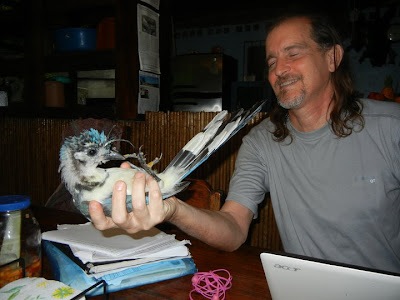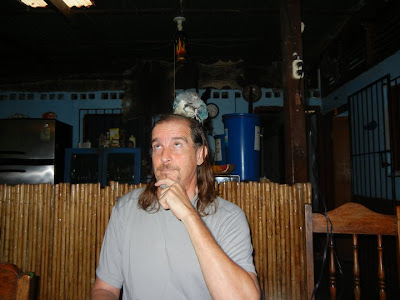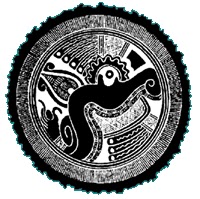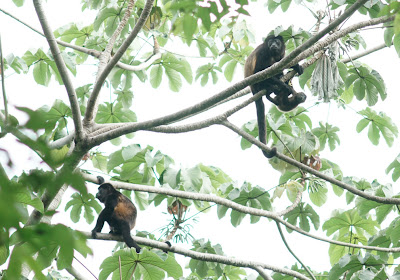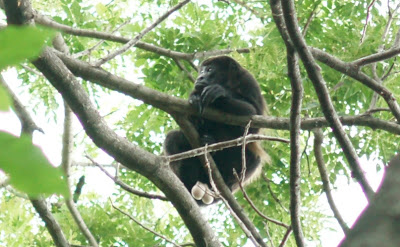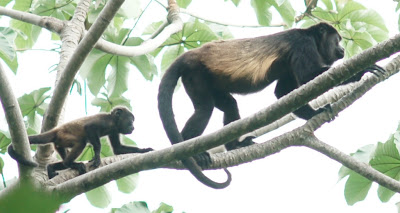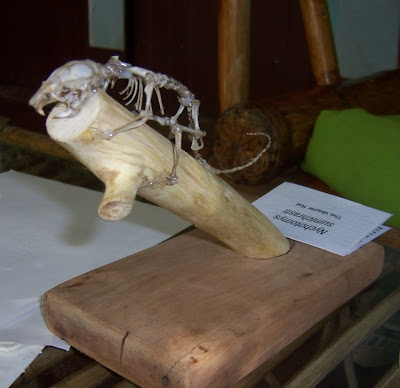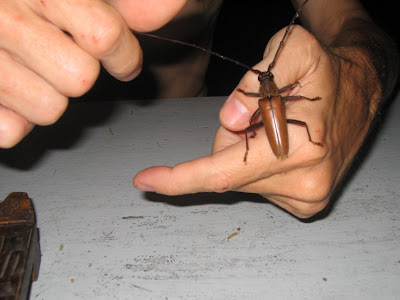Golpe letal al Xolotlán
* Elemento químico que lanzó Penwalt en sus aguas han provocado que el cuerpo de agua sea irrecuperable, señala biólogo * CSJ justifica su fallo de 2010, y niega cualquier responsabilidad ambiental o laboral del BCIE * Concentraciones pasan de 0.73 a 4.48, valores muy por encima de los índices de tolerancia, y se está pasando al Cocibolca
La empresa Penwalt no solo cobró la vida de 24 trabajadores y afectó a 107 de ellos con daños irreversibles, sino que provocó una acumulación de 600 toneladas de mercurio en el lago Xolotlán.
Según explica el ecólogo y biólogo Kamilo Lara, el rango de concentración de mercurio detectado en el lago Xolotlán, ha variado de 0.73 a 4.48, según el sitio donde se han tomado las muestras.
Pero todos los sitios estudiados reportaron concentraciones por encima del valor establecido por las guías técnicas, que es de 0.1 microgramos de mercurio, el estándar permisible en un medio acuático para no provocar daños ambientales o sanitarios.
Los primeros niveles fueron encontrados a kilómetros de la planta, los segundos en las inmediaciones de la misma.
“Desgraciadamente, en esa época no existía la preocupación ni la legislación ambiental de hoy, por eso no manejamos las cifras de cuando la planta estaba operando. Pero si analizamos las variaciones en los niveles del contaminante, esto indica que el mercurio se está disolviendo en ciertas partes por el movimiento de las aguas, y focalizándose en las áreas cercanas a la planta”, explica Lara.
Según advierte el ecologista, esta dilución de mercurio que explica las variaciones encontradas en las distintas mediciones, es indicio de una preocupación mucho mayor.
Se está esparciendo y pasando al Cocibolca
“Es un hecho que el mercurio es una amenaza latente porque se está esparciendo del lago Xolotlán al Cocibolca a través del río Tipitapa, que sirve como vaso comunicante. Por eso las mediaciones están variando”
“Los valores encontrados en los sedimentos infiltrados por mercurio en el lago Xolotlán, fueron generados por las emanaciones atmosféricas de la industria Penwalt desde la década de los 80. En esa época, descubrimos que todas las pilas de la planta estaban llenas del material contaminante. Se limpiaron, se rasparon y se empacó el toxafeno (plaguicida) vencido en tanques de 55 galones, pero este fue un proceso que sólo abarcó el plaguicida que estaba acumulado dentro de la planta o infiltrado en el suelo, no en el lago, porque se suponía que el BCIE, al asumir el pasivo laboral, también iba a asumir la limpieza del lago, pero no lo hizo”
El mercurio puede existir enterrado a profundidad y ser liberado de los sedimentos hacia el agua. Este proceso depende del grado de acidez, el cual ejerce una marcada influencia en las posibilidades de disolución y movilización de este metal desde los sedimentos hasta la columna de agua.
“Los movimientos de mercurio en el lago a través de las variaciones en el ph (grado de acidez) están controlando los procesos de adherencia del mercurio a las piedras y granulaciones del suelo, y el desprendimiento del mismo, explicando su esparcimiento al Cocibolca”, explica Kamilo Lara
Penwalt también afectó Miraflores
Según el ecólogo Kamilo Lara, la presencia de mercurio en el litoral del lago, probablemente se deba a la proximidad con la Bahía Sur, donde se dio una contaminación mercurial en el sitio conocido como Bahía de Miraflores, donde se derramaban directamente los desechos tóxicos.
Aquí se reportaron concentraciones de 7.3 a 9.2 microgramos
“Cuando la Penwalt quebró y el Banco Centroamericano de Integración Económica (BCIE) asumió la deuda y se quedó con los activos de la fábrica, estos activos ni siquiera se pudieron utilizar, ni vender como chatarra, porque poseían una contaminación tremenda por el peligroso Toxafeno, un plaguicida encontrado, y por los restos de mercurio”, señala Lara
Peligrosidad del químico
Según explica el ecólogo Kamilo Lara, cuando el mercurio cae al agua, se adhiere con facilidad a las proteínas que están en el cuerpo de los peces, fijándose en el cuerpo de cualquier animal que coma alimentos contaminados con mercurio. De esta forma, cuando el ser humano consume pescado contaminado, la sustancia pasa al cuerpo de las personas.
“Esto provoca diversas enfermedades, entre ellas, trastornos neurológicos muy complejos, de tal manera que a medida que se va concentrando el mercurio en el cuerpo humano las afecciones son mayores. Una vez que el mercurio atraviesa las membranas cerebrales ya no puede ser eliminado, y es por ello que la persona presenta síntomas neurológicos severos llamados Síndrome de Minamata”, añade Lara.
CSJ justifica su fallo
En la sentencia emitida por la CSJ (Corte Suprema de Justicia) el 20 de octubre de 2010, donde se negó el recurso de amparo a los 107 trabajadores de la Penwalt, esta aseguró que el Banco Centroamericano de Integración Económica no tenía responsabilidad ambiental ni laboral.
Según versa en la sentencia número 434, expediente n.º 216-02, inscrita por la Secretaría de la Sala de lo Constitucional de la Corte Suprema de Justicia:
“Las facultades de la Corte no pueden ir más allá de aquellas personas que hayan causado el daño ambiental y laboral, y en el presente caso fue la empresa Penwalt, al haber depositado grandes cantidades de mercurio en la orilla del lago Xolotlán, y no el Banco de Integración Económica, quien adquiere los bienes de la empresa por medio de ejecución judicial ante un incumplimiento de contrato mutuo con Garantía Prendaría e Hipotecaría por un préstamo de 4 millones de dólares”.
Al respecto, el abogado Álvaro Leiva Sánchez, Delegado de Derechos Humanos por la Confederación de Unidad Sindical y la Confederación Sindical de Trabajadores de las Américas
, asegura que esto es una burla al sistema judicial y a los derechos de los trabajadores.
“Cuando el banco tomó los pasivos de la empresa asumió sus deberes y obligaciones, así que tiene que pagar la indemnización por daños y perjuicios y responder con acciones contundentes ante los daños ambientales. La deuda que tenía pendiente con la Penwalt no lo exime de responsabilidad, y este fallo de la Corte es una vergüenza para un sistema judicial que en vez de tutelar el derecho de los trabajadores los violenta”, asegura Leiva.
